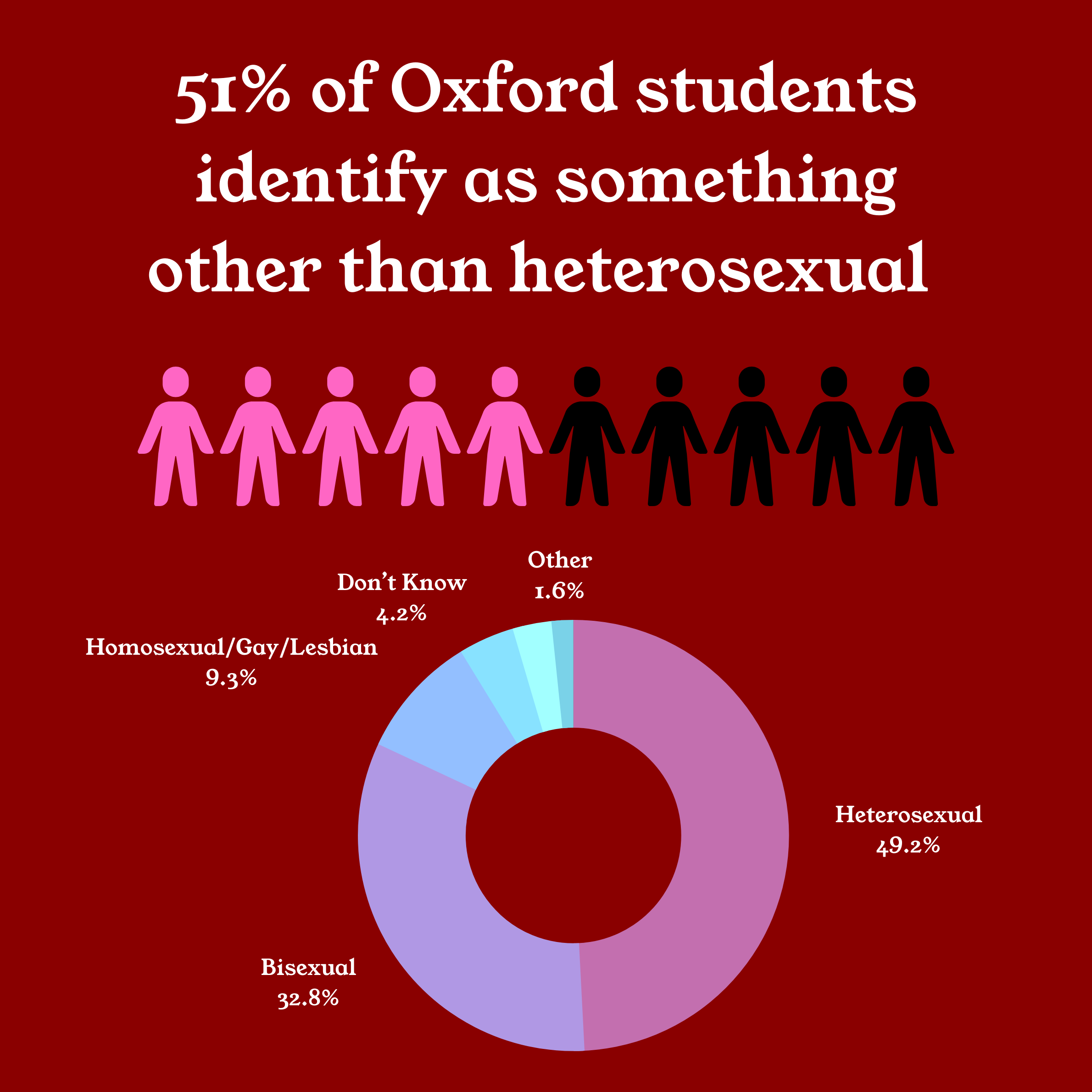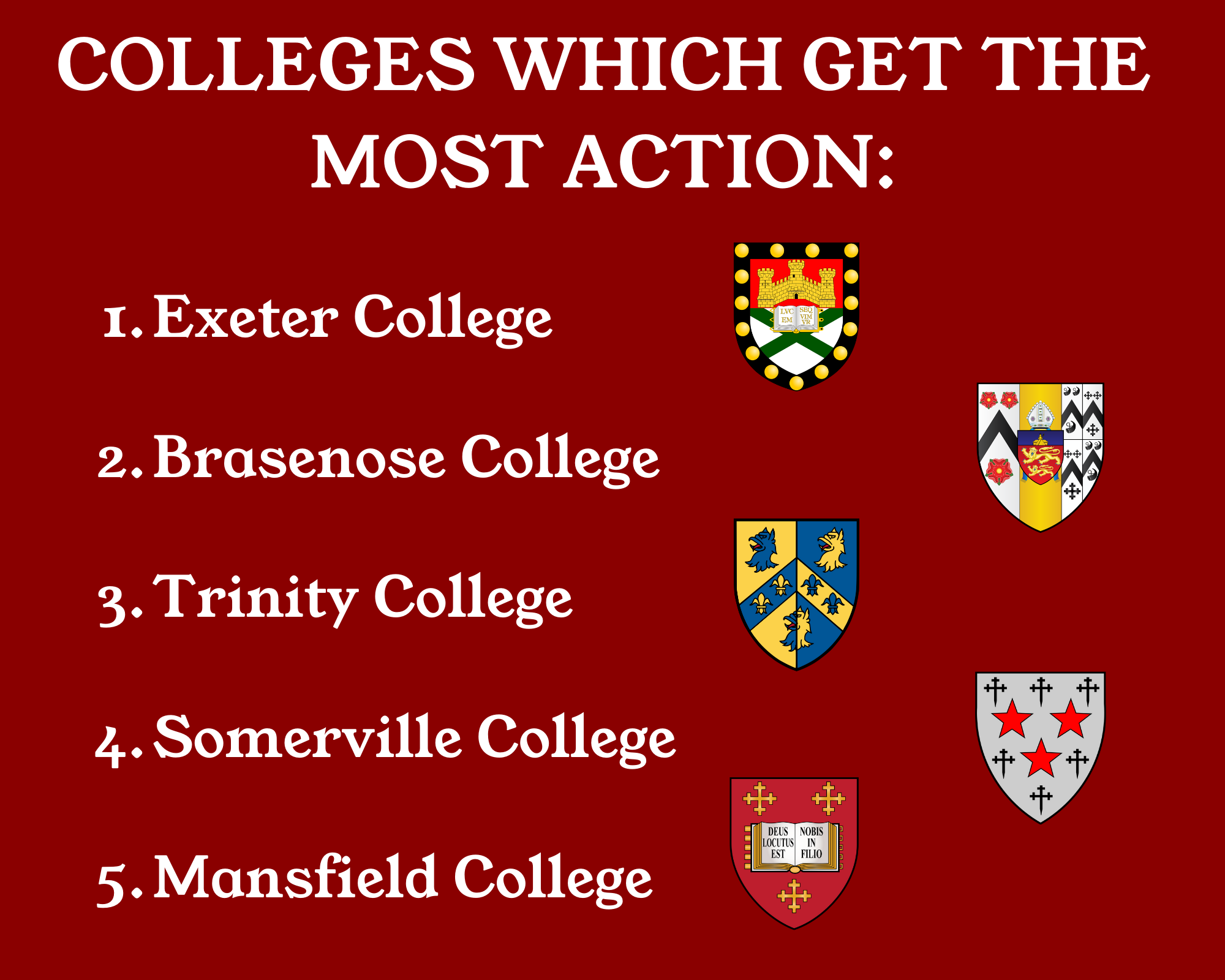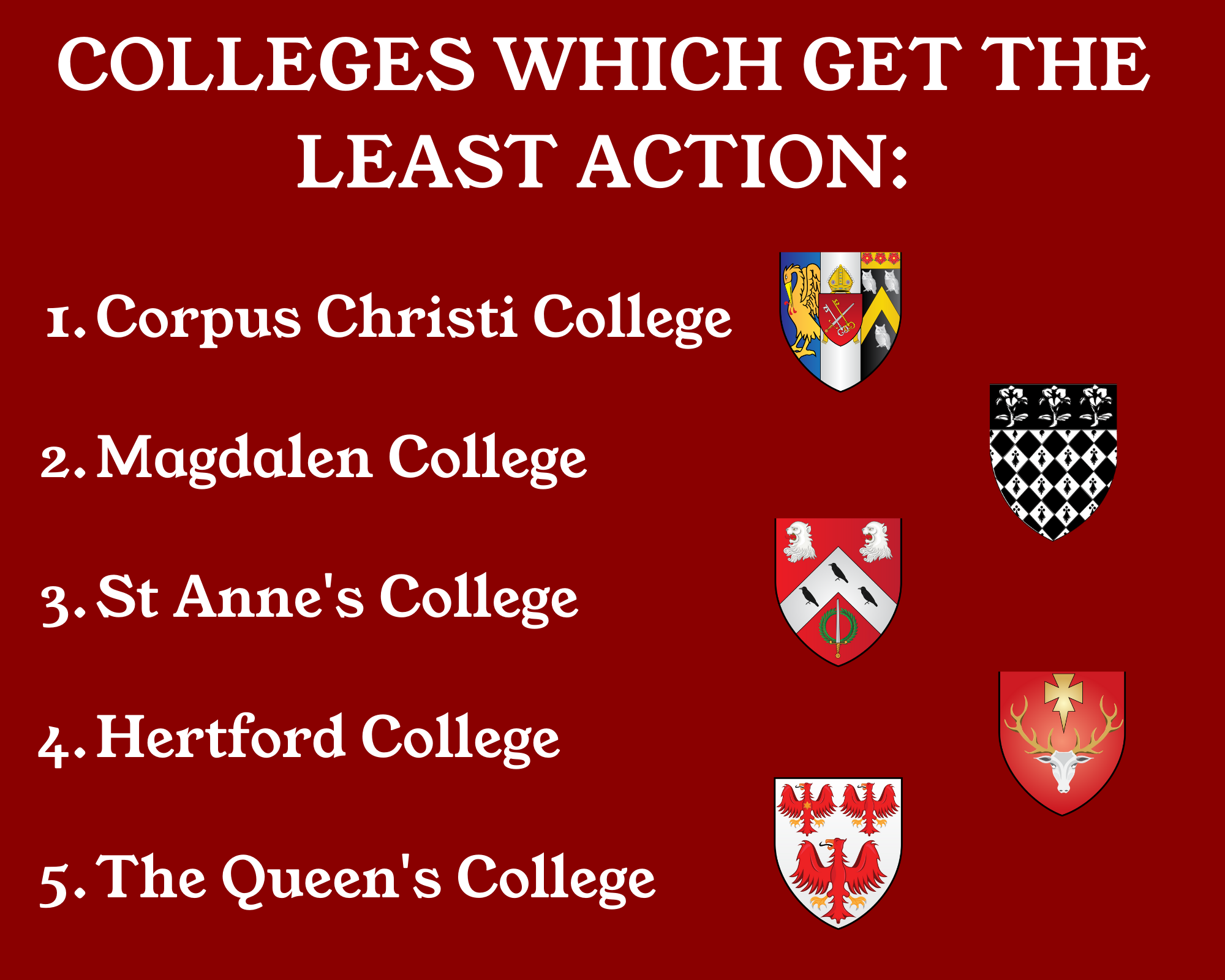CW: mentions of racism and sexism
In A-level English Literature, we didn’t study any texts by women. There were plenty of texts about women – from Thomas Hardy’s excruciating late Victorian fetishization of rural female poverty in Tess of the d’Urbervilles to Henrik Ibsen’s problematic portrayal of middle-class women’s agency in A Doll’s House, by a self-proclaimed non-feminist. But, of course, actually getting women’s own perspectives on womanhood, especially deep into *the past* (before the 20th century), would be a step too far. Canonical men have clearly said it better. It was the same depressing story with regards to race. We studied one novel by a writer of colour, Khaled Hosseini’s brilliant and heartbreaking The Kite Runner. Yet the text we studied which was lauded for its ‘breakthrough’ and ‘bold’ discussions of race was Shakespeare’s Othello. Shakespeare, who was not a person of colour. Ibsen and Hardy, who were relatively privileged men.
If this is the representation we’re getting at A-level, among students who’ve chosen to keep studying literature, what hope is there for the often even more constrained curriculum at GCSE? Not much, it turns out. A recent survey commissioned by Penguin Books found that a shocking 0.7% of English Literature GCSE students in England study a book by a writer of colour, and only 7% study a book by a woman. In 2021, only 0.1% of students answered a GCSE question on the only novel by a woman of colour on the AQA exam syllabus, Meera Syal’s Anita and Me. This is despite the fact that in 2021, 34.4% of school age children identified as Black, Asian and minority ethnic, and around half of the UK population identified as women.
Literature is a beautifully powerful combination of self-expression, identification and coming of age. Despite often being badly taught, dismissed, or, as this government is keen on, underfunded, the consequence of English Literature being taught to pretty much everyone until the age of 16 is that we all spend a lot of time with the writers on the curriculum. Although Shakespeare’s plays are wonderful, teaching them as a discussion of race is often a cop out to get teenagers thinking about the incredibly important and personal issues of race and gender, when they are raised at all, through the stale works of the same white male southern faces. Why should and why will students be enthused by Dickens and Byron, when their perspectives are often so different from their own? Must we list ‘greats’ from various genres – Renaissance, Romantic, Gothic, modern – that students simply must study before we even begin to examine where the exclusionary category of ‘great’ even came from?
Among the many depressing tenets of this tale is where it’s being dictated from. Michael Gove, UK Education Secretary from 2010 to 2014, reportedly disliked American literature– so there went To Kill a Mockingbird from the syllabus. Although we can do better than getting 15 year olds to read a somewhat problematic look at race in the segregated Deep South by a white woman, every older friend and sibling I know who studied the novel back before the new GCSEs noted its profound effect on them, and it’s definitely worth reading and discussing, rather than axing. More disturbingly, Govean reforms (which were even influenced by Dominic Cummings, for a time) also removed all ‘seminal world literature’ from GCSEs, just so Gove’s personal vendetta against American writers wasn’t the only national literature that students were missing out on. Anyone who has also studied History at school since the Coalition can equally enjoy upped compulsory British History, an approach which will set you up well for Oxford, which is swarming with British History and not much else. I’ve heard some awful stories from my friends who study English here about the scarcity of set and encouraged texts by women and people of colour, although experiences seem to differ from tutor to tutor.
But it’s not good enough to leave it to often privileged tutors, canon-compilers and Education Secretaries to dictate which texts we study. Time and time again, they have failed to achieve even the remotest degree of representation, a damning outcome in a subject which is so linked to identity and the self. The texts we study at school and beyond should be chosen and shaped by the diverse populations reading them.







